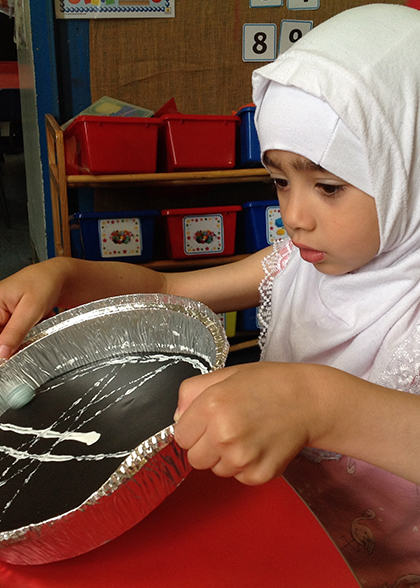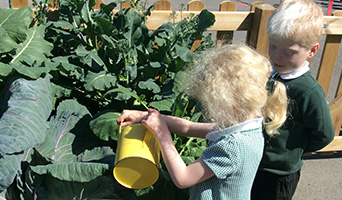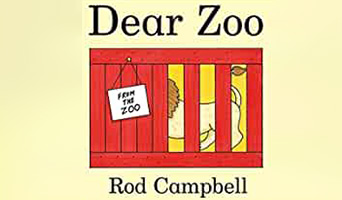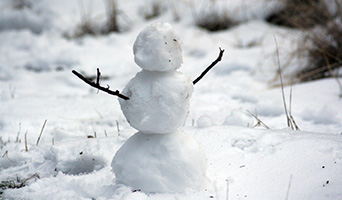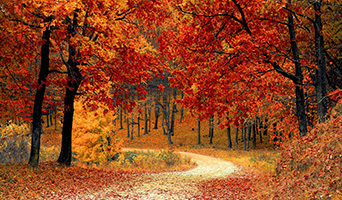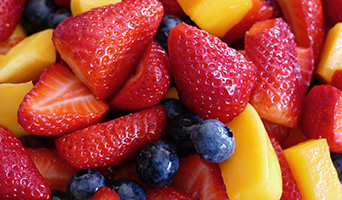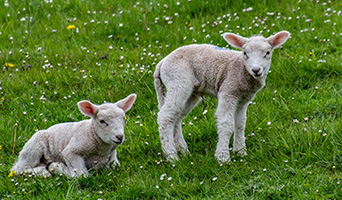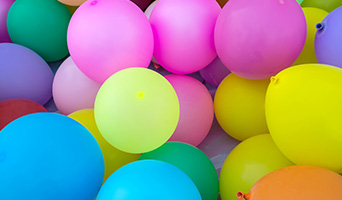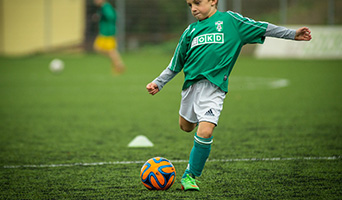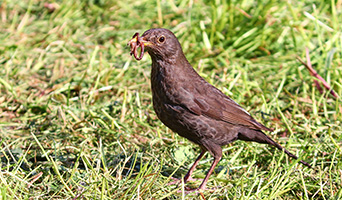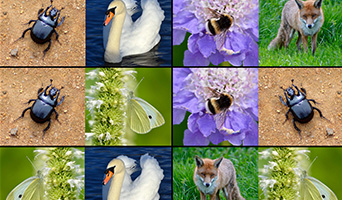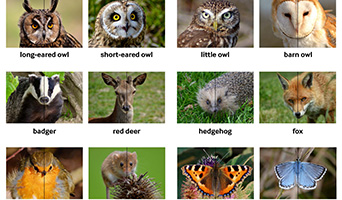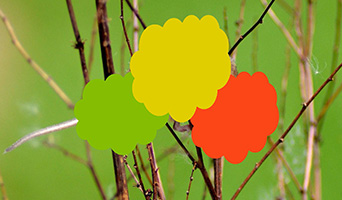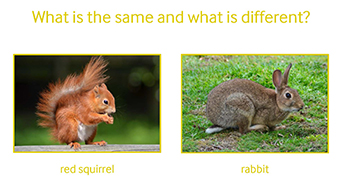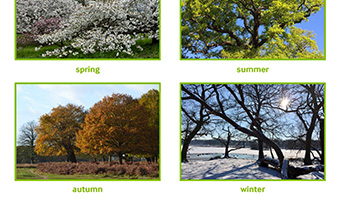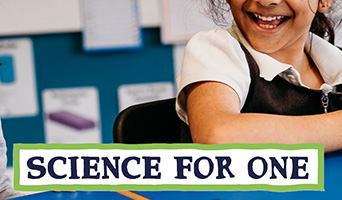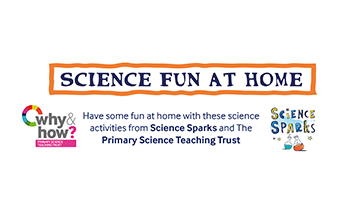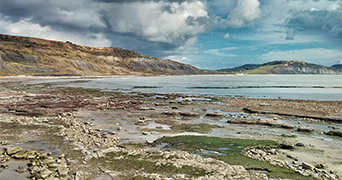Teaching any subject to a mixed year group can be challenging and it is even more so when the ages of the children cross two completely different curriculums and when that subject involves practical activities.
Here’s one approach that you might like to consider:
Plan and deliver a short adult-led input with all of the children, probably no more than 10 minutes to introduce the science topic.
Plan to provide some science-related activities across the Early Years provision. For example, if the older children are learning about animals in their local environment, you might set up some of these: a sensory table with toy frogs, water, chia seeds; a construction area with twigs, leaves and moss for building a bird’s nest; a malleable area with modelling clay or foil or making model animals – all of these activities can be found on PSTT’s EYFS Science Provision Map Animals in my garden.
Let the younger children (ages 4-5 years) choose their activities. If you have a supporting adult in the classroom, you might want to ask them to manage/observe a particular activity and you could provide them with a list of open-ended questions to develop the children’s thinking and specific science vocabulary.
Whilst the younger children carry out self-initiated activities, you can work with the older children (perhaps ages 5-7 years) and teach a science topic from their curriculum. This could include a practical investigation to develop children’s science knowledge as well as their enquiry skills. You might find that some of the younger children want to join in, and why not if they are able to?!
Depending on whether you have any adult support, at some stage you may want to join the younger children for a period (so that you can ‘play, observe & ask’) and ask your teaching assistant to supervise the older children’s activity.
Make time for a short plenary at the end of the lesson so that each group can report to the class what they did and what they found out. It is always a useful way to assess whether the children have a good understanding of the science being taught and whether any misconceptions remain.

